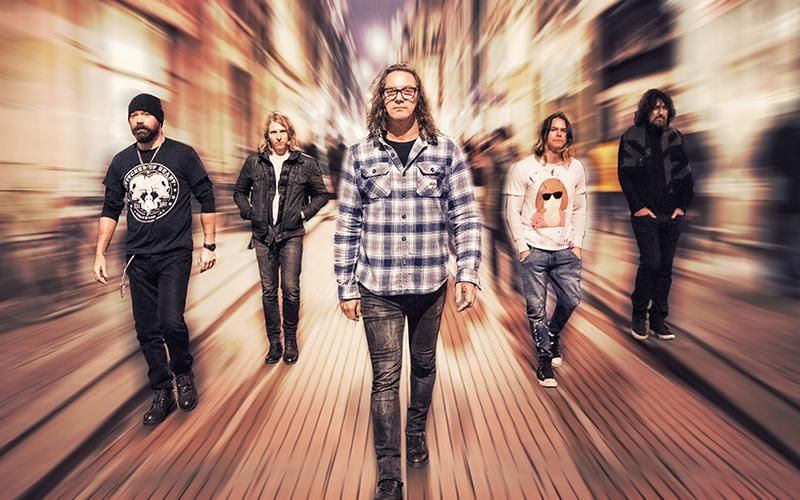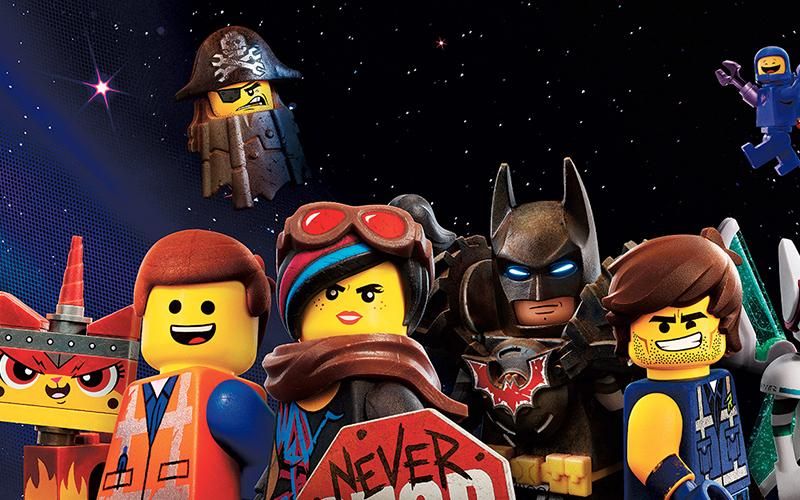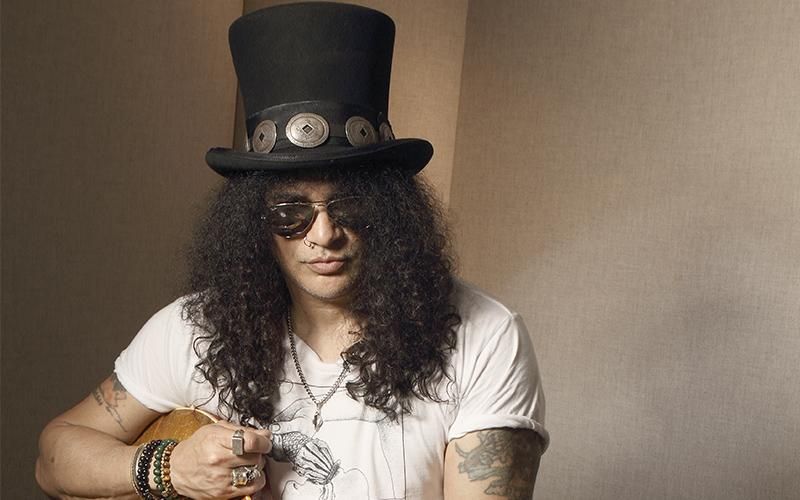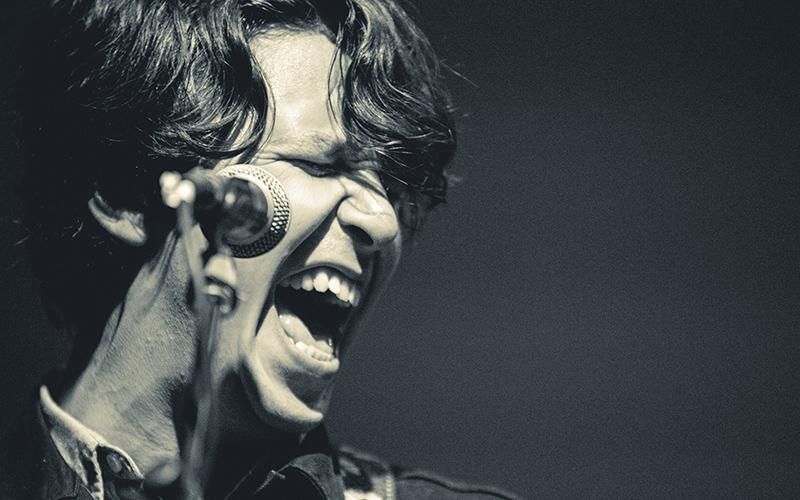Take a minute to consider the state of rock music in 1993.
Nirvana was a year into its reign as the hottest band in America. In Utero, the band’s third studio album, debuted at number one on the Billboard album chart in September.
Pearl Jam was probably the second-hottest band in America. Vs., its second studio album, debuted at number one in October.
Alice in Chains’ Dirt had been a top-ten album the year before, and Soundgarden’s Superunknown would debut at number one in March of the following year.
There’s no way to describe 1993 as anything but the pinnacle of the Seattle Sound’s dominance of American rock music. But Candlebox, whose debut eponymous album dropped in 1993, has never seen it that way.
‘Sort of Sick of Seattle’
“I think when [Candlebox] came out, people were sort of sick of Seattle,” guitarist Peter Klett told The Washington Post back in 1995. “They wanted to discredit it.”
Candlebox, in the early days, took critical heat for sounding different from Seattle’s grunge bands, a comparison that the band neither asked for nor wanted. They didn’t want to be seen as opportunists or imitators, but rather as simply a rock band that happened to be from the state of Washington.
“[We] all grew up there. We were a part of that scene,” Kletter said. “We got signed during the same time as the other bands. It’s not like we moved there to get involved in the Seattle scene.”
Even more than a decade later, when most of the Seattle Sound bands were already history, Candlebox was still dealing with its unsolicited association with grunge.
“We were five years younger than any of the guys in those bands,” singer Kevin Martin told the Dallas Observer in 2009. “When you’re an 18-year-old kid in Seattle in 1987, and everything’s blowing up, and you’re in the mosh with your buddies, you realize that you have to wait until you’re legal to play the bars. By the time we came about in 1991, things had cooled down considerably.”
Rise and fall
In fact, things had certainly not cooled down by 1991.
Candlebox did come on the scene at the same time and in the same place where grunge was taking the world by storm. That’s arguably why Madonna’s new Maverick label was eager to sign a promising new Seattle band and release its debut album.
From there, though, you have to give the credit to Candlebox. The band’s self-titled debut was successful on its own merits, and it climbed to number six on the Billboard chart, eventually selling more than four million copies and giving Maverick its first commercial success. The album’s breakout singles, “Far Behind” and “You,” may have lacked the fuzz and growl of grunge, but their bluesy rock sound resonated with listeners.
Unfortunately, the heat that surrounded the birth of the band couldn’t be sustained. Within just a few years, Maverick Records was struggling.
After the release of the band’s third album, Happy Pills, in 1998, Candlebox had had enough. Rather than continue to work with the label, the band broke up. Martin, though, was still under contract to Maverick and couldn’t record elsewhere.
Thus began a hiatus that lasted until 2006, when the release of a best-of collection inspired the band to get back together. Two new studio albums and tours followed, but the band members stayed busy with other projects, as well. Klett and drummer Scott Mercado departed in 2015, leaving Martin as the sole remaining founding member of the band.
Relighting Candlebox
Martin wasn’t ready to quit, however. In 2016, he and the band’s new lineup — guitarists Mike Leslie and Brian Quinn, bassist Adam Kury, and drummer Dave Krusen — released Disappearing in Airports, the album they’re supporting on the current international tour that includes The Clyde. With a new band and new freedom, Martin sees the album as an opportunity to evolve.
“I want to take Candlebox into a new world, and this record is very different, very diverse for us,” he said.“It’s about growth and pushing the band in the direction for a new audience.”
The new band members were a key part of the album’s new sound, and the songs are not the creation of Martin alone.
“The great thing is that they all really became songs when we were a band in the studio, because it’s a very collaborative record, which I’m very happy about,” he said. “It was very together and creative, and again that’s what Mike and Brian were able to bring to the record — that spontaneity and that young, excited energy.”
That doesn’t mean, however, that the new band is unable to do justice to the classic material.
“They have a, ‘Wow, I’m playing this song that I grew up on, and I love this tune!’ kind of puppy dog love to it,” Martin said.
Seattle casts a much smaller shadow now than it used to, and Candlebox no longer has to explain that they’re not just another grunge band.
It’s definitely a new world, and one that Martin and the band are ready to explore.





